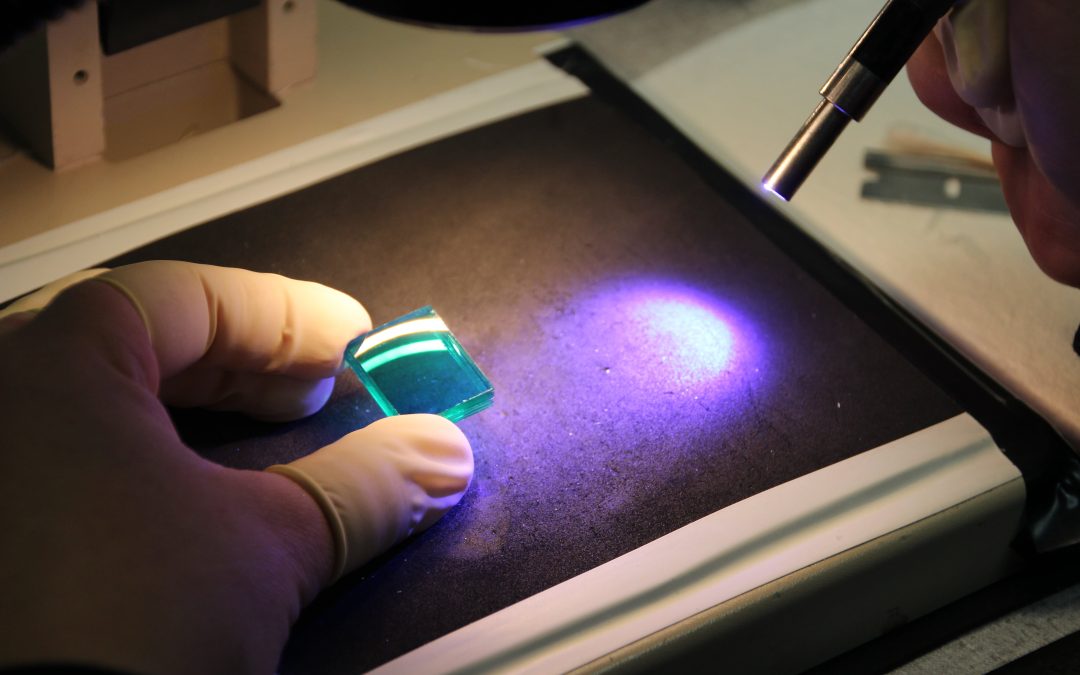Optical metrology involves using light for measurement, with one of the applications being optical surface quality and flatness. It also measures distance, temperature, and dimensions. Optics metrology can also target the properties of light.
Optical metrology has been in use for over a century, and the first documented case of its use was Michelson’s measure of a meter in 1892. You can only make what you can measure.
Read on to learn how optics metrology is used in precision glass polishing for excellent surface quality and the instruments used to measure it.
What Instruments and Methods Does Optics Metrology Use?
There are many instruments used in optical metrology to ensure surface quality. Some of these instruments include:
- Optical profilers. Optical profilers use a beam of light as the stylus tip of a profilometer. These are good for topography measurements.
- Interferometry. Optics metrology uses two types of white light interferometers to measure surface quality and topography. One type measures surface height variations, while the other measures the slopes of surface height changes.
- Heterodyne interferometry. The above-mentioned microscopes are homodyne (on the same frequency). Heterodyne microscopes employ two other frequencies to ensure exceptional surface quality.
- Holographic methods. This method uses a computer-generated hologram, which creates a broad reference beam and a more focused measurement.
- Optical scattering. Here, light scattering measures manufactured surfaces, including micro-profile measurements.
- Conoscopy. This method measures the surface quality of birefringent crystals by using selective laser sintering.
- Confocal microscopy. This is very similar to using a typical microscope. However, in confocal microscopy, the microscope focuses on only one part of the surface rather than measuring it.
- Measuring with lasers. This type of dimensional metrology offers precise and efficient measurement of very large measurement ranges.
What Are the Advantages and Disadvantages of Optical Metrology?
Optical metrology can be exact in many cases when measuring surface quality. Also, optical measurements are typically not destructive, even for sensitive parts. Optical measurements are quick for in-process metrology, such as monitoring industrial production processes.
However, quantum or laser noise during the detection process limits optical metrology. As a result, optical measurements are often not the best choice when the highest precision is needed, but it depends on the situation. Optical metrology is a suitable choice if a very large object needs to be measured for quality. Other techniques aren’t capable of measuring larger optics.
IRD Glass has been the leading supplier of customized precision glass, optics, ceramics, and sapphire product fabrication for over 39 years. To learn more about optical metrology, surface quality, and our specific applications, speak to a representative today for a quote.
